Go Books: Absolute Beginner Guide (30k)
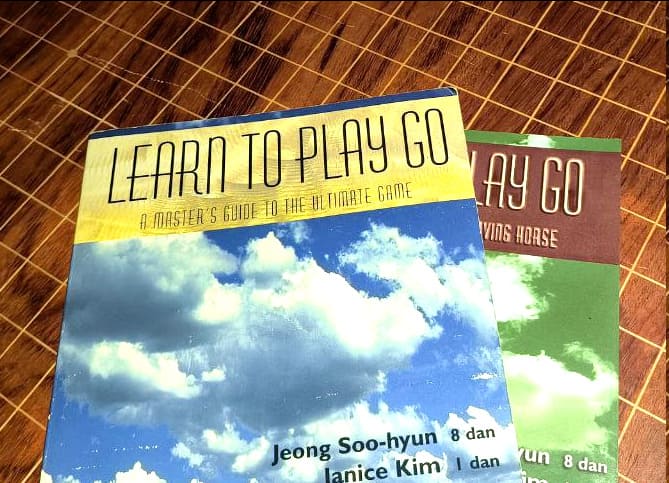

Start from scratch and grow with our guides
This guide is perfect for absolute beginners (around 30k). Once you’ve mastered the basics, move on to recommendations for more experienced players — we’ve compiled books for every stage of the journey.
- Go Books: Your Guide to Choosing the Right Read
- Go Books: Going Wide (20 kyu – 11 kyu)
- Go Books: Going Deep (10k-4k)
- Go Books: Road to Dan Guide (3k – 1d)
For the absolute beginner books, you will likely only ever need one book. So let me introduce a few options I would recommend in 3 different difficulty levels. I wouldn’t necessarily consider one book better than the others, as they all serve a different niche. I hope this guide can tell you which of these might be the most suitable book for you.
Learn to Play Go – A Masters Guide to the Ultimate Game
Janice Kim and Jeong Soo-hyun
“Imagine that God has a house. It’s rather large, and one of its remarkable aspects is that it contains the best examples of anything you can think of – the best chairs and tables, artworks, books, smells, all in perfectly proportioned rooms of an ideal size. The closet has a top shelf, and if you looked closely, in the far corner tucked away you might find a Go set.”
Part 1: Getting Started with the Basic Rules and Customs
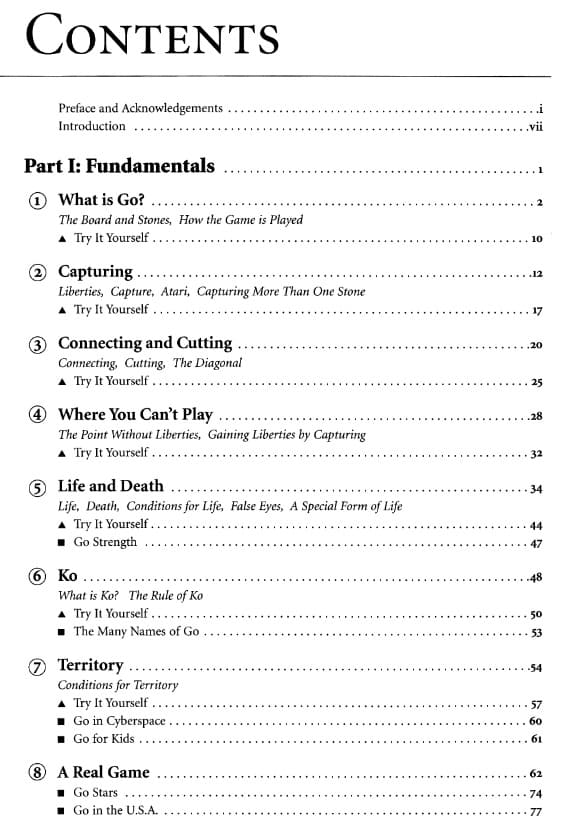
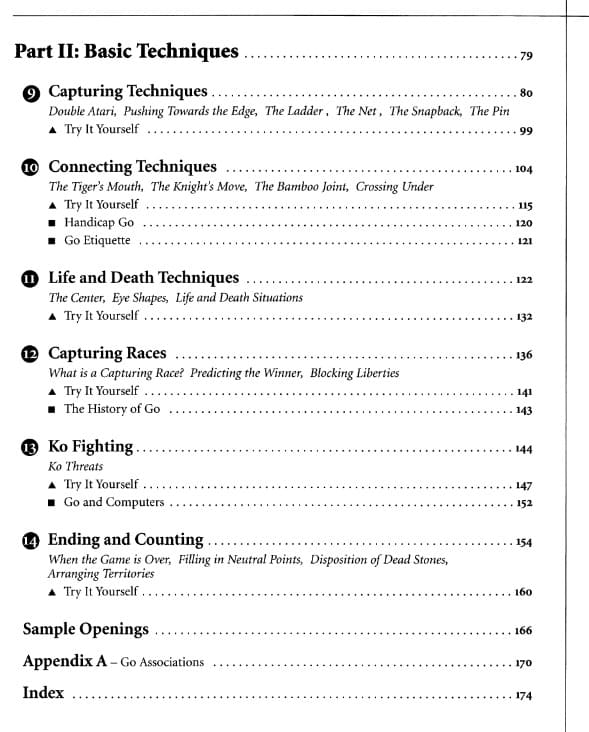
This is the most elaborate Go book I know focusing entirely on topics for an absolute beginner, because it actually expands the most basic topics that are often ignored and takes enough time to let it all sink in, while sprinkling in pieces of Go culture and history. How is the board structured? How do Go players talk about the game? How do we hold Go stones?
The first half includes everything you need to know about the basic rules, such as how to make and count territory, how to play Ko, or even just explaining the basic idea of what is considered to be a group, along with numerous and helpful example tasks to practice the topic. The first part culminates in a very thorough presentation of a game that you can follow along to get an idea of how a game of Go typically develops.
Part 2: Basic Techniques
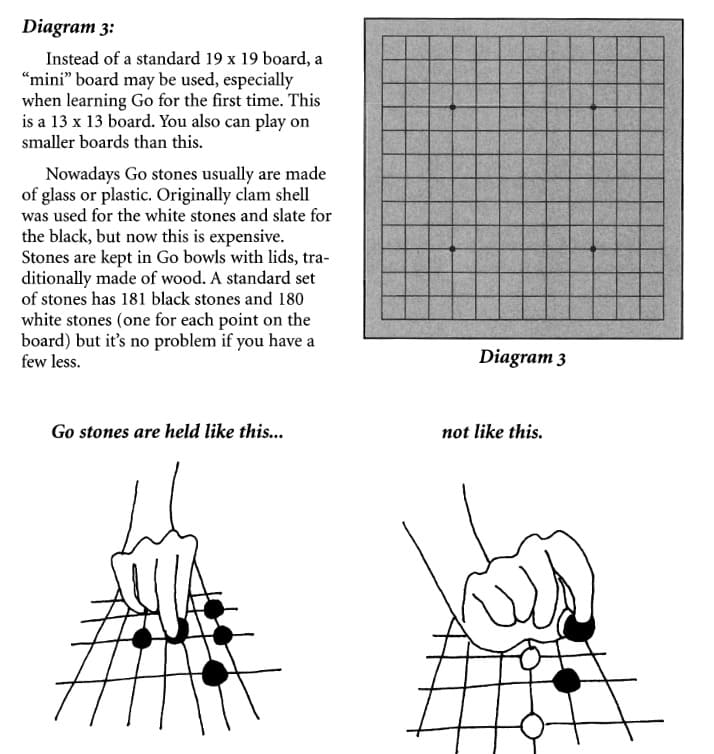
The second part of this book provides you with the first tactical concepts on your Go journey, such as Capturing/defending groups, playing repeating patterns (Ko) or counting. After explaining new concepts, the book has some handy practice examples to reinforce what you just learned, all in a very accessible manner. The chapter then ends with a very easily understandable example of a simple and commented 13×13 game, to get a basic idea of the flow of the game.
Final Thoughts
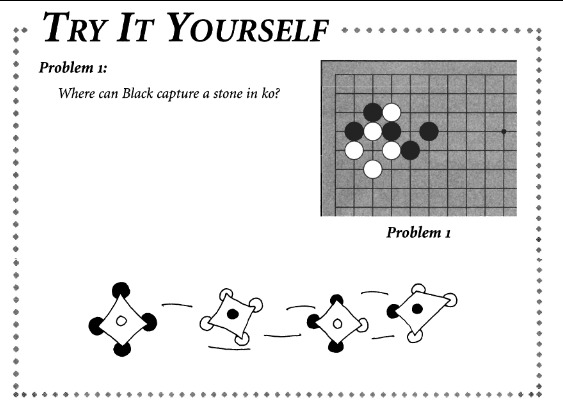
Most introductions do not take too much time with basic concepts, if they take time to explain them at all. This book does a very good job at introducing the game at a very deliberate pace with its very extensive beginner problems, while also including a few interesting tidbits surrounding the culture of the game.
The introduction to the game cannot be made any less intimidating, outside of learning from materials for children. It’s a bit unfortunate that the book doesn’t dive into any strategic ideas of where you will want to play your first stones on the board, but that’s not what the book is aiming for. If you want something with which absolutely everyone can learn the rules of Go, this is your book.
Go: A Complete Introduction to the Game
Cho Chikun
There are no written records verifying the precise date of go’s introduction into Japan, but according to the Records of the Sui, the chronicle of a Chinese dynasty (597-618 A.D.), Go was one of the three major pastimes enjoyed by early 7th century Japanese (the other two were backgammon and gambling).”
Outside of its fantastic teaching content, this work gives regular and very in depth details about the culture and world of Go as a main part of the book. Additionally, I think that it takes just enough time for the rules, while also offering enough tactical considerations a beginner can learn over the first few weeks of playing the game. Just for comparison, to go over the basic rules and first beginner concepts, the book only needs around 50 pages, while “Learn to Play Go” explained the same in 170 pages, as the book is less focussed on providing the corresponding practice examples.
Teaching Go
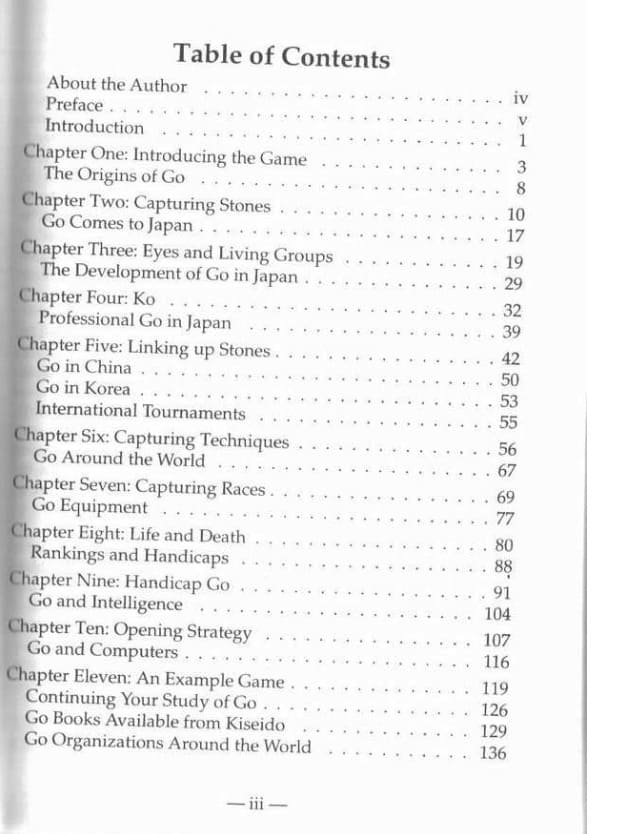
The first few parts focus on the basic rules. How to capture stones, how to keep your groups safe, how you can connect groups and what a Ko means for a game. It gives many helpful diagrams to showcase the different concepts in various situations, explaining every detail and the first tactical considerations, making this a bit more complex, as it does require the reader to actively think about some concepts and their implications instead of just reinforcing every tiny detail through constant repetition.
This allows the book to move on to somewhat more advanced topics in the latter parts, where especially the rather complex opening strategy and ideas for Handicap games offer a lot and will not be easily understood by a beginner. Cho Chikun tries to ease into the topics, but quickly gets a lot deeper in them, offering a lot for players to be inspired by and learn, even if it might seem a bit daunting at first. And that is okay, as I said in the introduction, feel free to skip areas of the game that you might not feel ready for yet. You will appreciate it all the more a few weeks into your Go journey.
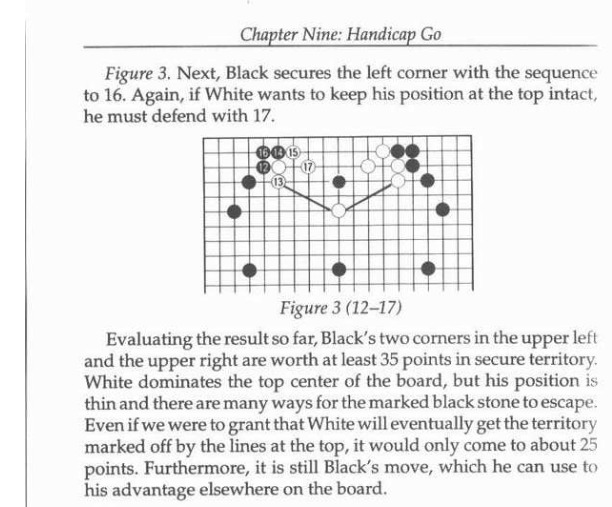
Go Culture
As mentioned before, the cultural aspects are a big part of this book, which gives the reader an entirely different way to connect with the game. About ¼ of the book is solely dedicated to backgrounds of Go culture, including lengthy commentaries on the differences of Go in Japan, China and Korea, the origins of Go or insights into professional Go.
I do find it very important and a fascinating approach to treat the culture of Go as an integral part of the learning process. Not only does it give more flavour to the game, but it also allows for a better understanding of how Asian culture has led to a game so vastly different from anything popularized in the West.
Final Thoughts
It is very commendable how varied, yet accessible this book is, from its in depth rules explanations, to tactical considerations to in depth discourses in cultural aspects. It is a book with a lot of value that will accompany a beginner player for a good while, while also making sure that most of the beginner concepts are not overbearing and are explained in clear and easy examples. I would have liked the book to be a bit longer to focus more on learning exercises instead of only having those for the life and death portion of the book, but outside of those it is a very good and concise package in 130 pages.
Go for Beginners
Kaoru Iwamoto
“A single stone sitting in the middle of the board may be compared to a man standing at an intersection in a big city. That man can see down only four streets to just four adjacent intersections. If he is a fugitive from justice on whom the police are advancing, he remains at large so long as at least one of those intersections is open, but when the police block all four of them he is captured.”
This is the thinking (wo)man’s beginner book. Some of the first diagrams already have the potential to make a beginner roll his eyes back into his skull, due their very detailed move explanations that do not really focus on a beginner mindset. I wanted to mention this caveat up front because this is what you should expect here, even if the book also goes over very simple beginner concepts, such as how to capture a stone.
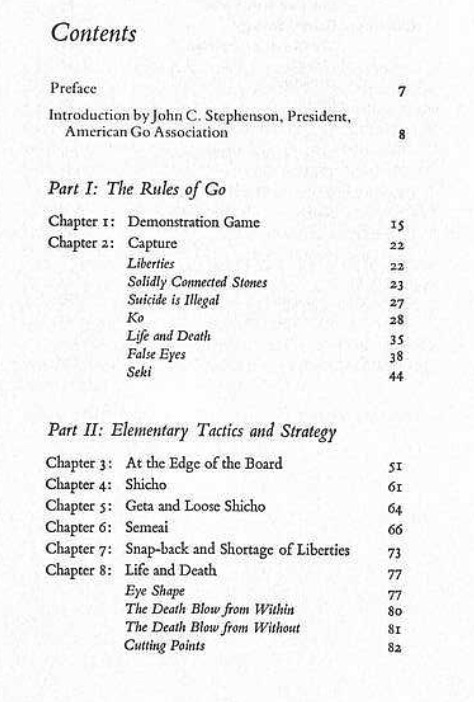
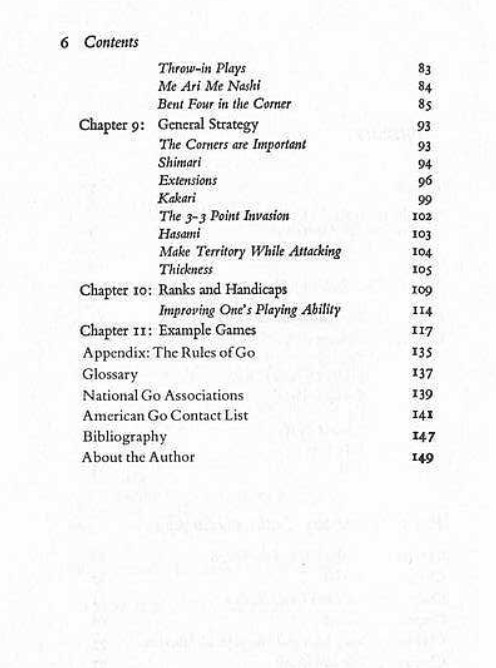
There is no fluff here. It is 130 pages of in-depth explanation of the most important Go concepts any learner will encounter. It is very, very dense, but as such it also contains the most input to learn and grow from in any of the books introduced in this article. If you or the person you want to give the book to are very technically and analytically inclined, this book has an immense amount of learning value, while not wasting too much time holding your hand.
Part 1: The Rules of Go
The book starts off simple enough with the expected topics of liberties and capturing stones, before immediately going into the details of Ko fighting with a full board example. I applaud the book for trying to take examples and explanations from real game examples and even uses full board examples for the explanation of simple aspects. It does not make the learning easier, but it gives real game context, which allows even simple rules explanation to be more instructive for the deeper understanding of the game.
The majority of the first part is focusing on life and death, which is arguably the most important skill to learn for an understanding of the game. In contrast to the varied beginner topics of the books I mentioned above, Iwamoto puts a heavy emphasis on different life and death concepts over 20 pages that are crucial for winning games, before focusing the majority of the book on tactical considerations.
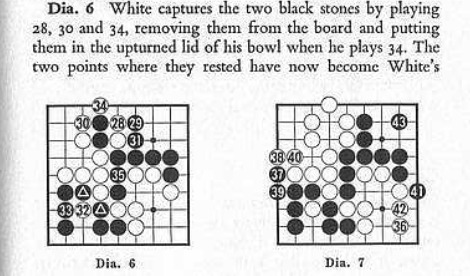
Part 2: Elementary Tactics and Strategy
While it is a beginner book, the real meat of the book is its tactical considerations, which require the learner to gain some game experience to truly get the most out of this book. From capturing races, to ladders and nets many of the concepts introduced here are topics that are still challenging to players who have played the game for months already. An understanding can only be gained through learning, trying, applying these concepts, making mistakes, reviewing those and applying them better next time.
After that, the book goes into more strategic concepts, explaining the use of different shapes and considerations for the opening and progression of a game and even explains the first Joseki with a 3-3 invasion.
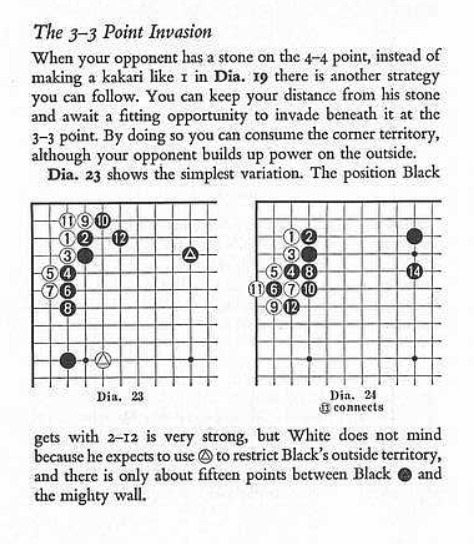
Final Thoughts
While it does take more effort to work through the very dense concepts as a beginner, it also contains easily the most valuable content out of the books in this article and will accompany you for a long time. I wish it had a more beginner friendly structure, but overall the book has an immense amount of value for any beginner over time and it’s a book you are sure to pick up again many times, even if the first few times might seem a bit bewildering with all these new and foreign concepts and ideas.
———————————-
So What Is Left to Say?
The choice of a Go book or even your preferred type of media comes down to your own comfort level and preference, which I cannot judge for you. Overall, I keep marveling over Cho Chikuns well-balanced introduction to the game, while appreciating the plethora of tools Kaoru Iwamoto aims to give to his readers and admiring the love and care Janice Kim and Jeong Soo-hyun put into their book for the readers who struggle the most with finding a thorough introduction to the game. Every book has its niche and value and I hope I was able to explain the differences and what might suit your needs.
Thankfully, we are fortunate to live in a time, where the amount of English Go content is vastly increasing, as it was a domain left to mostly Asian languages for most of human history. Currently, there are also some very nice free online books available for reading/printing them out yourself, so I want to mention a few of them here:
The Way to Go
Karl Baker
Fantastic overview of the first Go concepts and rules, with easily understood diagrams.
A Go Guide from a Beginner
Charalampos Kapolos
This project deserves a special shoutout, as they aimed to provide a free Go book resource as open source in many different languages. If your language isn’t represented yet, do feel free to support it. It contains the basic rules, while also diving into rather advanced topics that Go far beyond the reach of a Beginners guide.
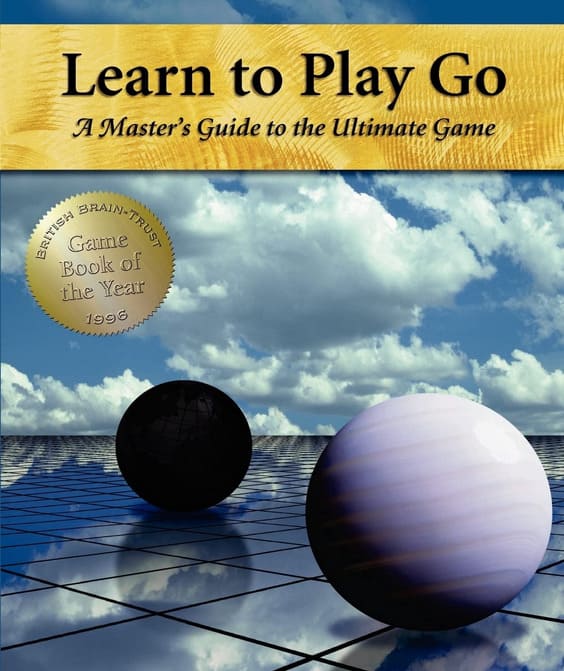
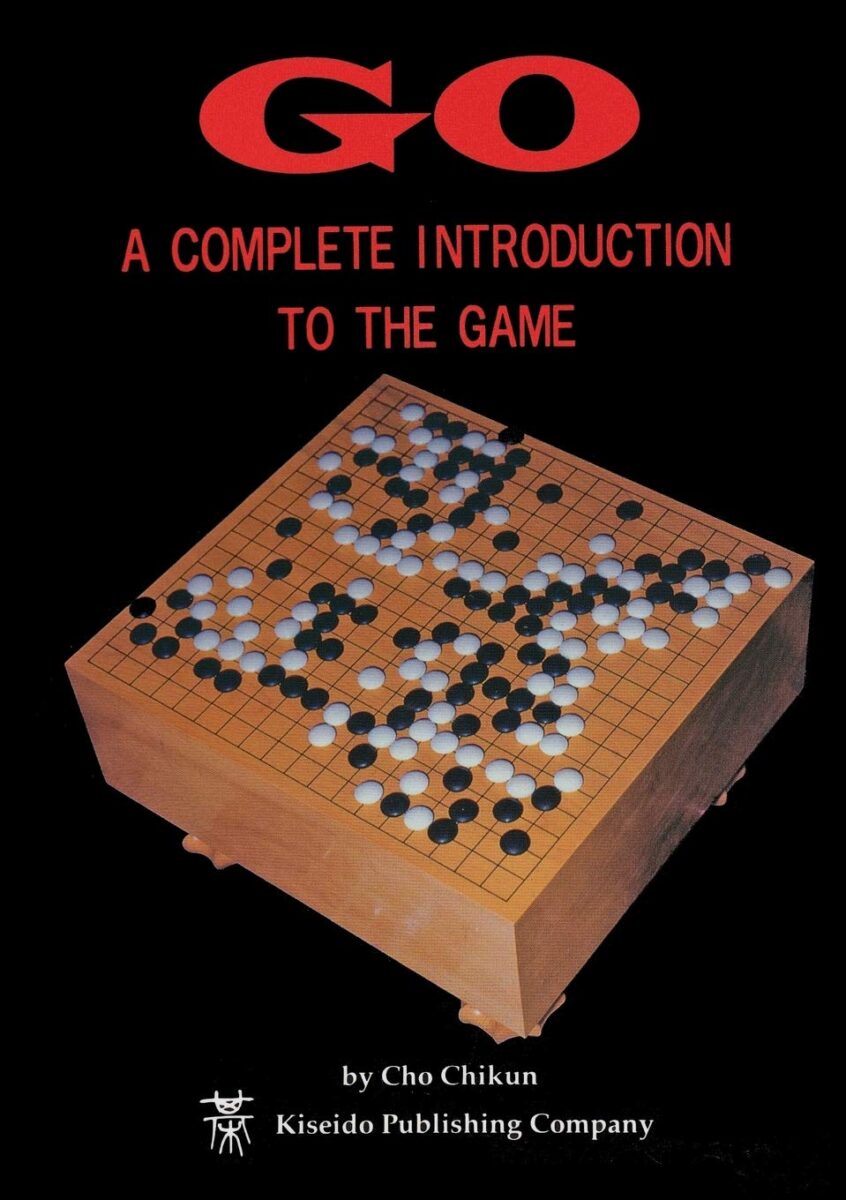
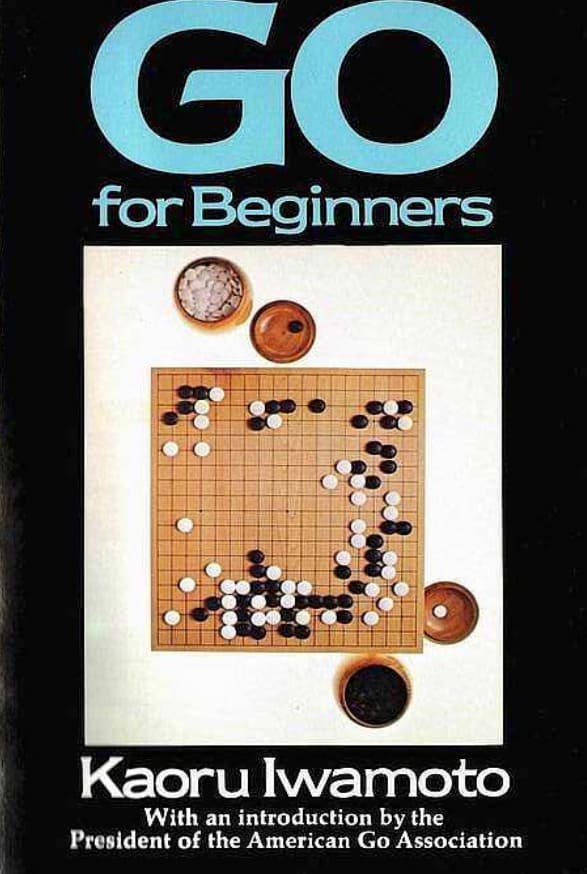
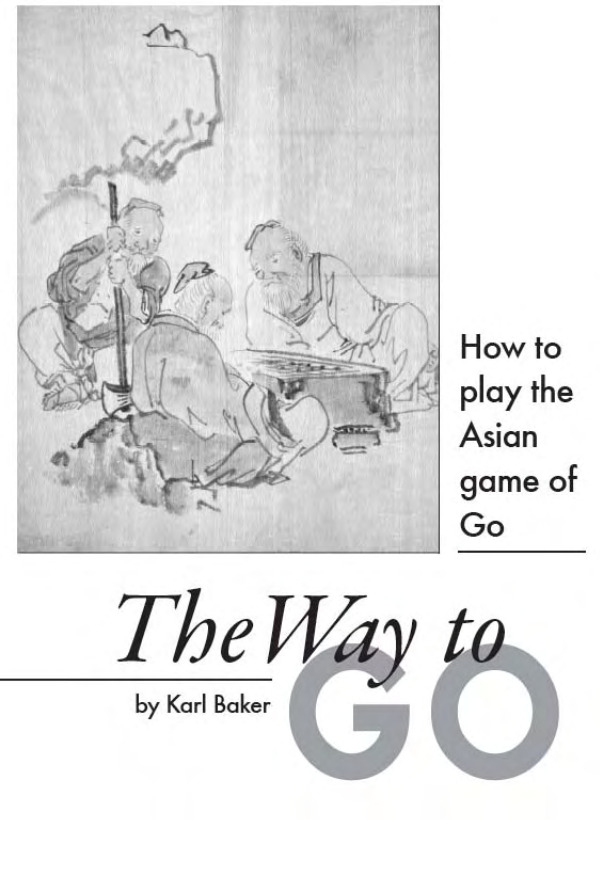
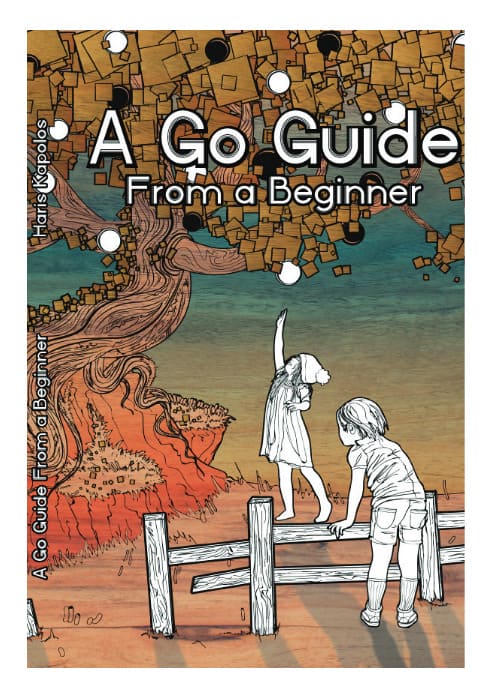
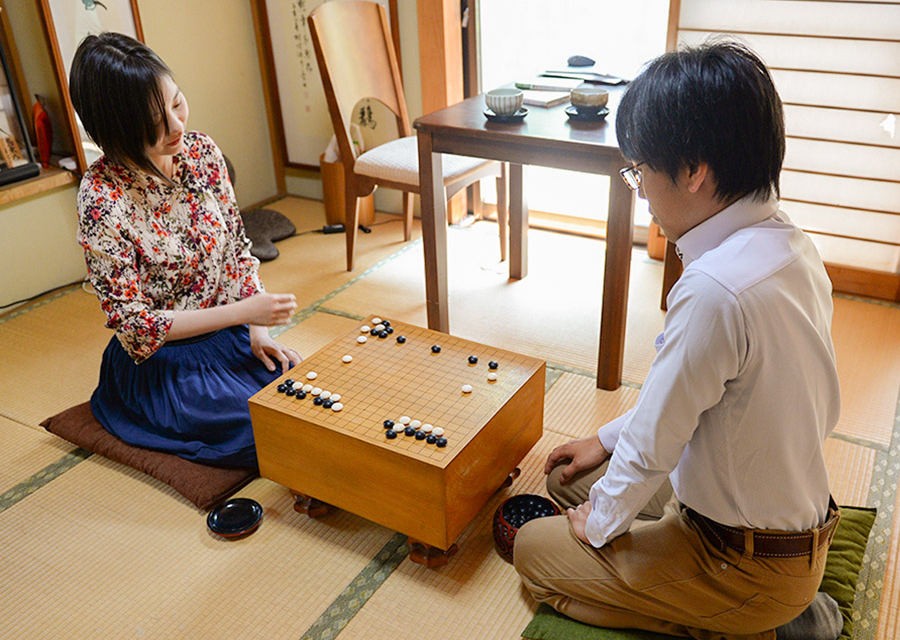

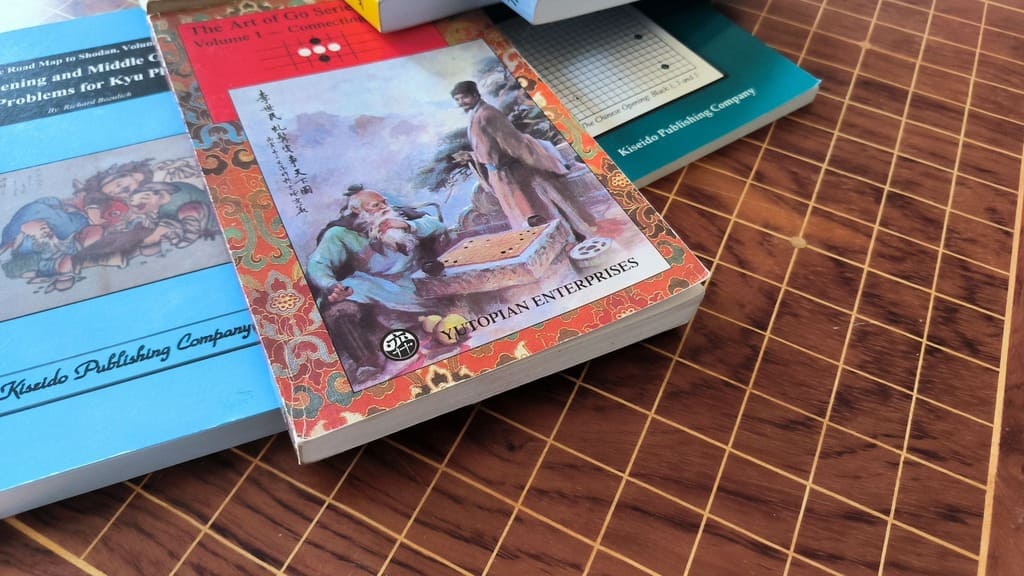
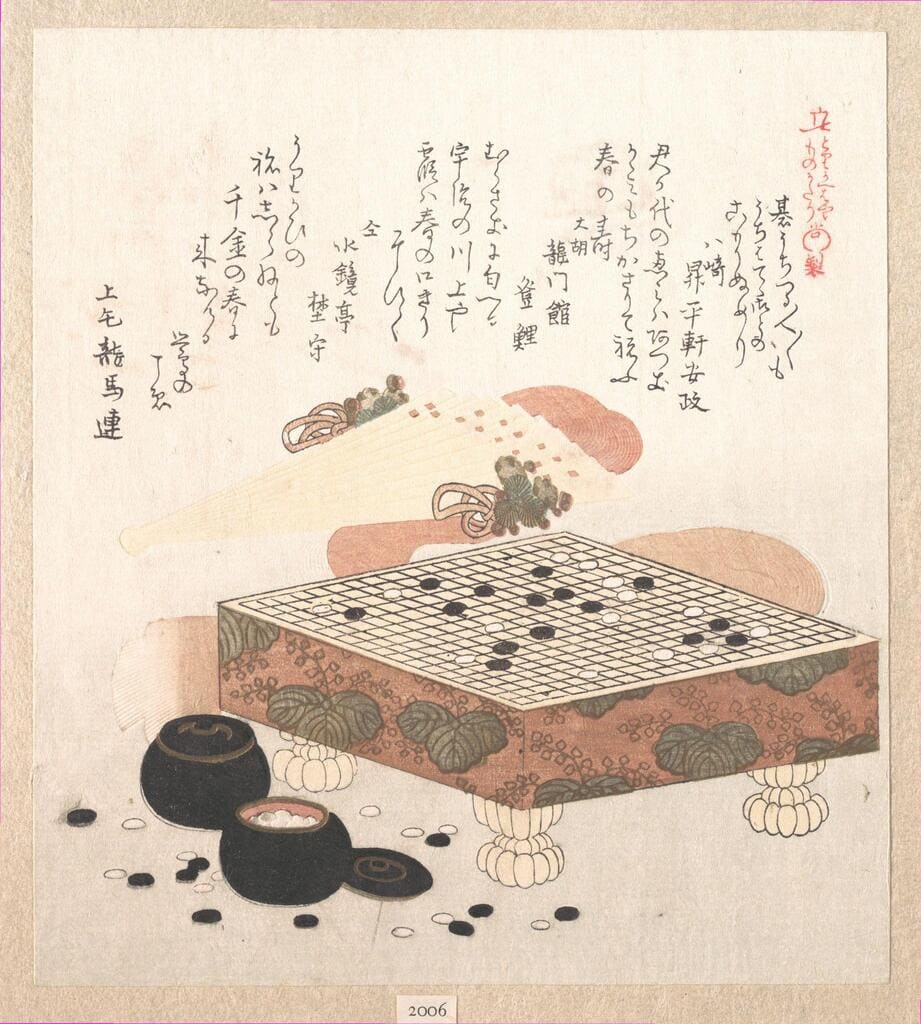
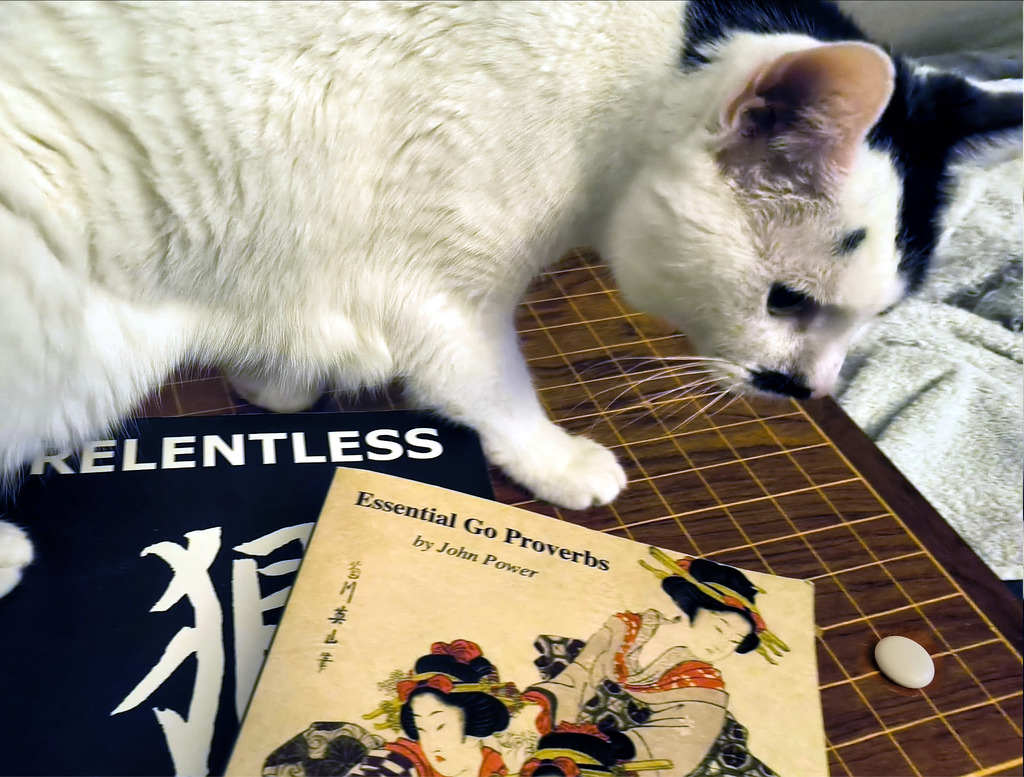
Оставить комментарий